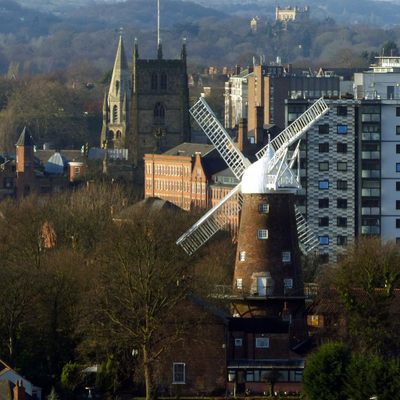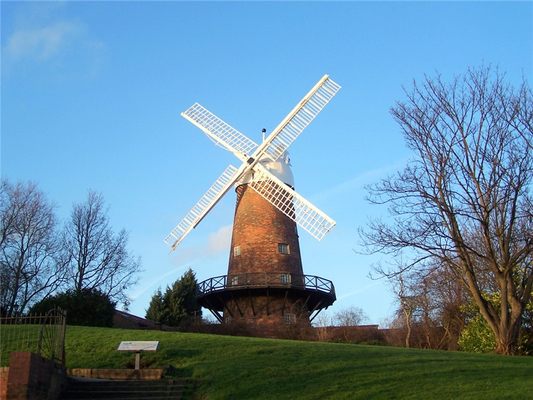About
When you think of urban landscapes a 19th-century windmill is probably not the first image that comes to mind. Yet in the English city of Nottingham, Green's Mill is a prominent fixture of the city skyline. More interesting still, it once had a very unlikely owner.
Green's Mill was built by a local baker named George Green in 1807. Upon his death, his son, also named George, inherited the mill reluctantly. While working for his father in his younger days, George described operating the mill as "tedious."
It's not surprising that operating a windmill didn't appeal to George Green Jr, as by the time his father died in 1829, the younger Green had published an essay that would eventually establish him as one of the most important names in the field of mathematical physics. Entitled "An Essay on the Application of Mathematical Analysis to the Theories of Electricity and Magnetism," the essay would come to be known as his seminal work, better known as Green's Theorem.
The feat was impressive, considering that until that point Green had received almost no formal education and was essentially self-taught. Although not well known for his mathematics during his lifetime, his work has since been hugely influential in many areas of science. On a visit to Nottingham in 1930, Einstein stated that Green was 20 years ahead of his time, and is said to have visited the grave in a churchyard near to the mill.
Green would eventually leave the windmill to study at Cambridge University, but returned home to Nottingham before his death in 1841 at just 47 years old. In the decades following the windmill fell into disrepair, and was abandoned after a fire in 1947. Fortunately, a group called the George Green Memorial Fund purchased the derelict windmill in the 1970s with the aim of restoring it as a tribute to the scientist. They succeeded in the mid-1980s, restoring the mill to full working order and even opening a science museum on its grounds, making it a popular local attraction to this day.
Related Tags
Know Before You Go
The windmill and science museum are free to visit, open from Wednesday to Sunday.
Community Contributors
Added By
Published
February 4, 2019











































